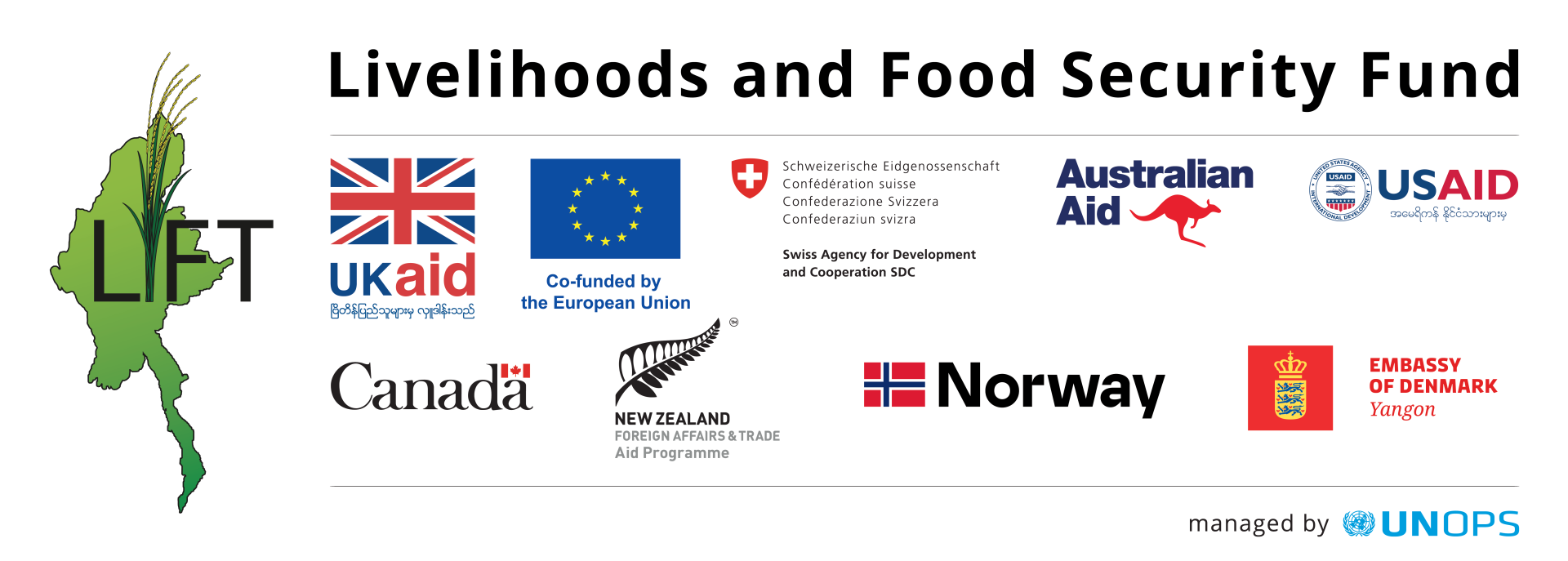
LIFT has grown and the Operational Guidelines have been adjusted for the purpose. Sabine Kania, LIFT Project Support Officer, walks you through the main changes.
What are the LIFT Operational Guidelines?
Sabine Kania: The Operational Guidelines were developed to help the implementing partners and the Fund Management Office (FMO) understand how to apply and to manage grants. Therefore, they address general issues on how grants are selected, how budgets are supposed to be managed, what the implementing partners and the FMO have to report in terms of financial and progress reporting, and other operational issues like visibility, asset management and closing of the grants. They are a practical and hands-on guide for partners and the FMO.
Why are the Operational Guidelines important?
SK: The Operational Guidelines try to address open questions like “how do we apply for a grant?” or “what is the first step to change budget?”. They also give guidance on reporting and on Monitoring & Evaluation requirements, e.g. the Fund Board has now decided that all final evaluations will be carried out by FMO, no longer by the implementing partners. Implementing partners, in particular project managers, finance staff and operations staff, should read these guidelines together with the grant agreement to have a good understanding of the requirements and expectations of LIFT.
What is new in the Operational Guidelines?
SK: The first version of the Operational Guidelines was published in 2011. The main document is still the same, but you can note some changes. The changes address practices which we are using that are either not described or have changed since 2011. The document also has new sections on fraud, intellectual property rights and beneficiary accountability. It has also been aligned with the changed roles of the Fund Board, Donor Consortium and the Fund Manager and the new LIFT strategy. Another big change is the section on fund flow to the Government. It is now possible in a limited way to support and partner up with the Government.
What was the procedure developing them?
SK: The Operational Guidelines need to take into account many different factors – they need to reflect today’s practices and they have to be in line with the revised LIFT strategy (for example, the changed roles for FB, FMO and the Donor Consortium), the requirements from UNOPS legal side and the donor requirements. Therefore the Operational Guidelines have gone through several steps of review and approval, with the final approval being provided by the Fund Board in November 2014.
The new Operational Guidelines are available HERE.


